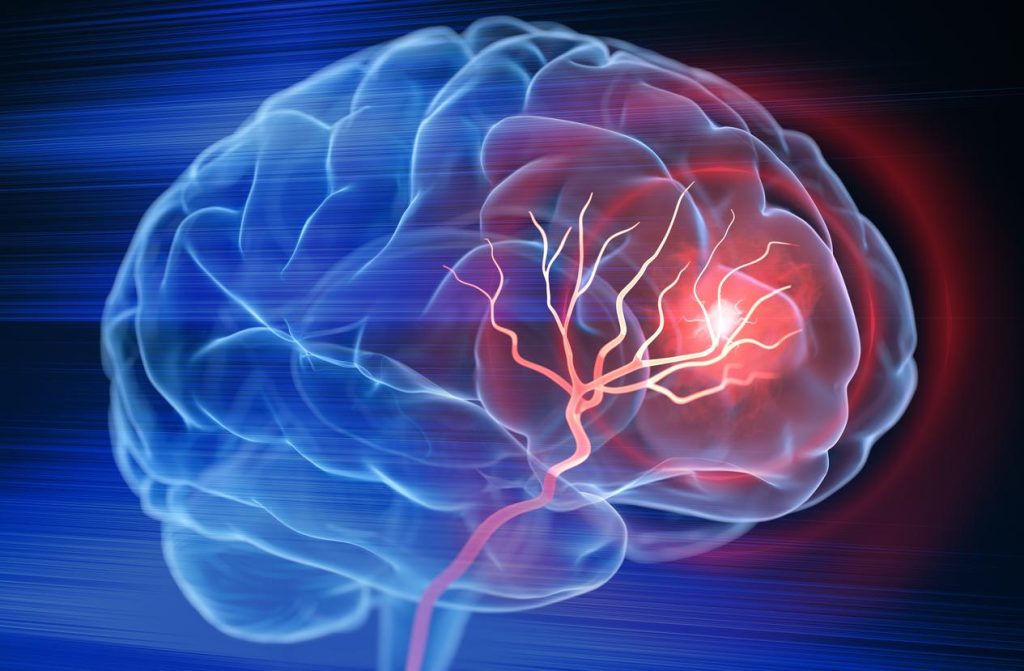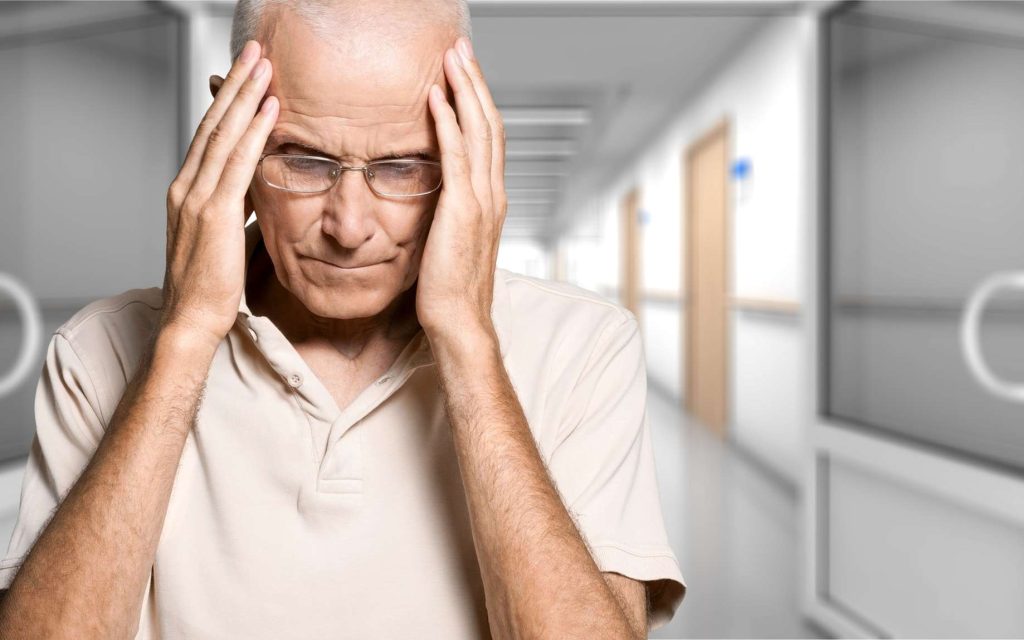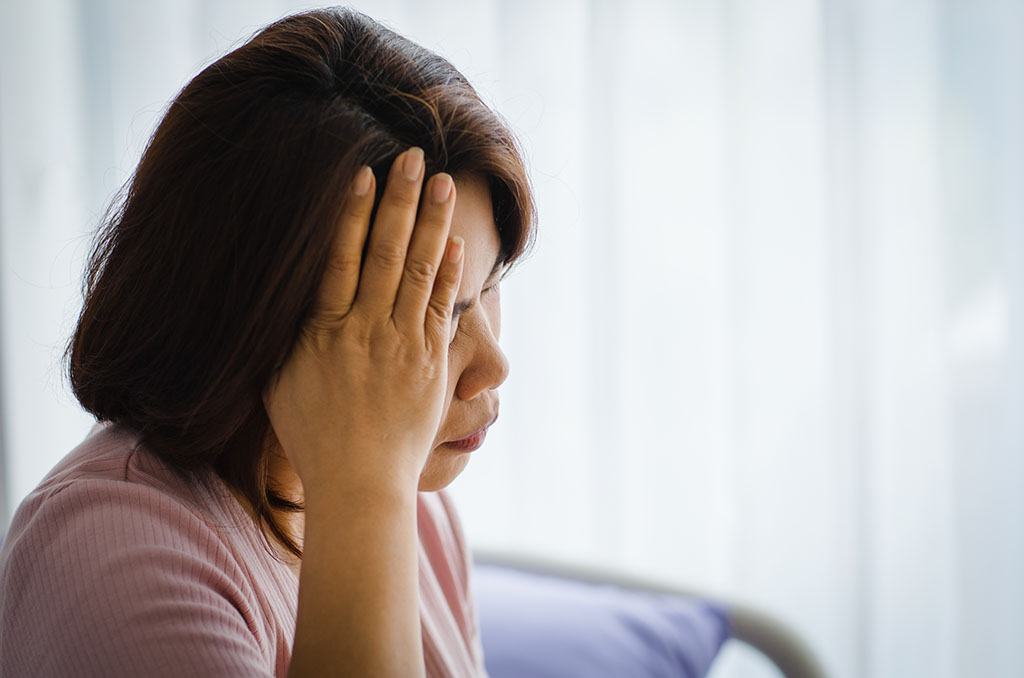The frequency of stroke deaths in young people: an alarming reality
Stroke is often perceived as a disease that mainly affects older people. However, an alarming increase in stroke cases in young adults has been observed in recent years, challenging this preconceived notion. Although stroke-related deaths in young people are less frequent than in older populations, they nevertheless represent a major public health problem.

A stroke occurs when a blood vessel that supplies the brain becomes blocked or bursts, causing a sudden interruption of blood supply. This can cause irreversible damage to brain cells and, in some cases, lead to death. There are two main types of stroke:
– Ischemic stroke, caused by a blockage of a blood vessel.
– Hemorrhagic stroke, due to a rupture of a blood vessel in the brain.
Strokes in Young People: A Rising Phenomenon
Although strokes remain more common in older adults, their incidence in young adults (aged 18 to 45) is increasing. Studies suggest that approximately 10 to 15% of strokes occur in this age group. Several specific risk factors explain this trend:
Lifestyle factors: Smoking, excessive alcohol consumption, poor diet, and lack of physical exercise increase the risk of stroke.

Underlying medical conditions: Heart disease, clotting disorders, high blood pressure, and migraines with aura.
Chronic stress: It plays a significant role in increasing blood pressure and cardiovascular disorders.
Genetic factors: Certain hereditary abnormalities can predispose young people to early strokes.
Stroke Mortality in Young People
Although medical advances have reduced overall stroke mortality, young people are not immune to serious consequences. Stroke deaths in this age group are relatively rare, but when they do occur, they are often due to:
A delay in recognizing symptoms and getting treatment.
Severe forms, such as hemorrhagic strokes, which have higher mortality rates.

Complications, such as cerebral edema or post-stroke infections.
Recognizing the signs to act quickly
Prompt treatment is crucial to reduce the risk of death or serious consequences. Early signs of stroke include:
Sudden paralysis or weakness on one side of the body.
Trouble speaking or understanding.
Sudden loss of vision.
Severe and unusual headaches.
When in doubt, it is imperative to call for help immediately.
Preventing strokes in young people
To reduce the frequency of strokes in young people, preventive measures must be put forward:
Adopt a healthy lifestyle: balanced diet, regular exercise, quitting smoking.
Manage stress and monitor underlying health problems such as hypertension.
Raise awareness among young people about the risks and early signs of stroke.

The occurrence of stroke in young people, although less frequent than in older people, is a worrying reality. Mortality linked to these accidents could be significantly reduced thanks to better awareness and rapid management. Investing in prevention and education remains a priority to limit the impact of this disease on this vulnerable age group.


